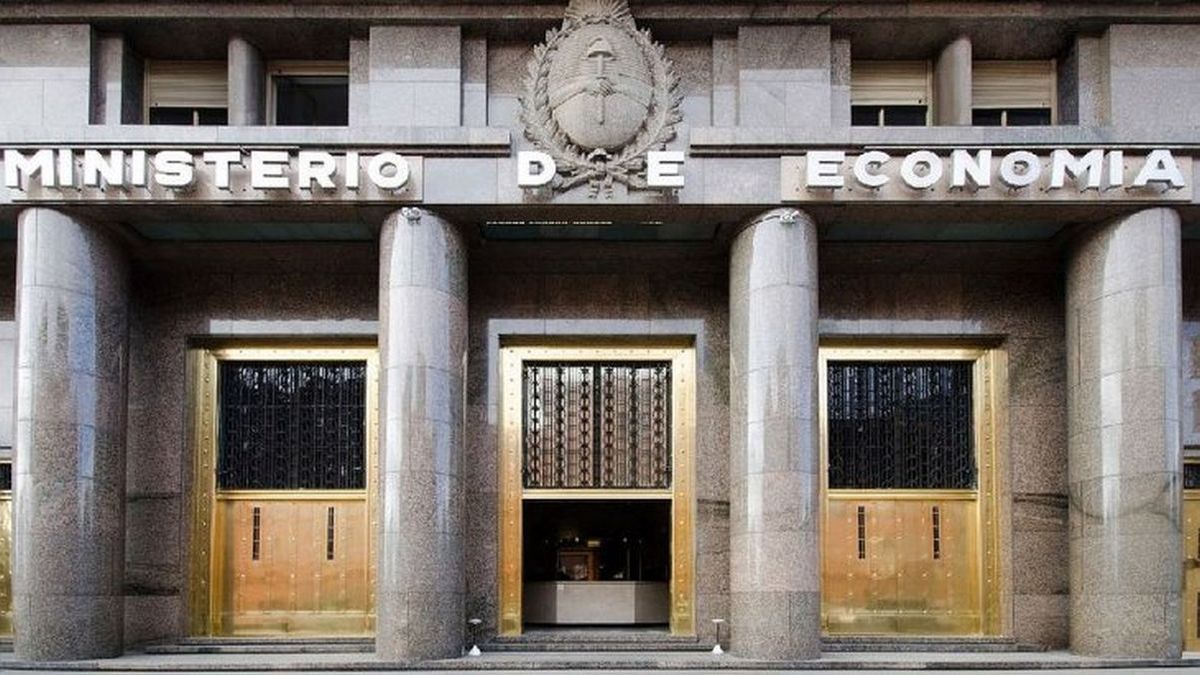Although the primary, which is relevant for the purposes of the program with the agency, grew 591.9% compared to the same period in 2021for the second quarter target of $566 billion is not off target. In the first quarter the deficit reached $271,919 million.
Of the total income reported by the Ministry of Finance in the fourth month for $1,085 billion, only $102,833.4 million corresponded to property income, derived from the placement of bonds in pesos adjustable by CER on par. The dependency of the Ministry of Economy indicated that the operations related to primary emissions totaled $222,065.4 million in the first four months of the year.
“For a better identification of fiscal dynamics, the disaggregation of this concept within property income will be published,” the Treasury Palace said in a statement. The same indicates that based on the agreement with the Fund that stipulates a deficit for the entire year of 2.5% “an annual limit will be established for the calculation of income from property income linked to primary issues of titles equivalent to 0.3% of GDP”. That, says the Government, represents an income/GDP ratio “of a magnitude equivalent to that registered for the same concept during the 2021 fiscal period.”
Thus, the use of “creative accounting” that had explained 30% of the growth of the total resources of the State in March, in April fell to just over 16%. The decrease is due, among other things, to a lower number of operations with bonds.
On the other hand, in April tax revenues grew to $903,592 million (60.3%), driven mainly “by the dynamics of taxes related to Social Security and economic activity,” reported Economy.
Meanwhile, primary spending totaled $1.16 trillion. “Capital investment in combination with inclusion and social containment measures boosted the expansion of primary spending for this month,” explained the Palacio de Hacienda.
Current transfers reached $447,590.0 million (124.4%). Those corresponding to the private sector showed a growth of $194,539.1 million, equivalent to a rise of 126.5%.
Economy highlighted the increase in the Empower Work program ($33,229.6 million) as a result of the inclusion of new beneficiaries and the increase in the Minimum Vital and Mobile Salary; the growth of Food Policies, the extraordinary increase granted to retired people and the increase in the payment of Family Allowances, among others.
Regarding energy subsidies, transfers to CAMMESA increased mainly, demanding $116,673 million with an increase of 132.8%, which, according to the government, is not due to the increase in inflation and the delay in the tariff, but “product of the increase in international hydrocarbon prices due to the war between Russia and Ukraine”.
Source: Ambito
David William is a talented author who has made a name for himself in the world of writing. He is a professional author who writes on a wide range of topics, from general interest to opinion news. David is currently working as a writer at 24 hours worlds where he brings his unique perspective and in-depth research to his articles, making them both informative and engaging.




